The L.A. Uprising’s 20th Anniversary and the Resurrection of Tupac Shakur
Sunday, April 29, marks the 20th anniversary of the start of the Los Angeles uprising and the two-week anniversary of the resurrection of slain gangsta rapper Tupac Shakur as a hologram at Coachella. The events are not a coincidence. Rather, they are part of a cultural argument that speaks to racial tensions, police misconduct and vigilantism that have plagued the city for decades.The 20th anniversary of the L.A. uprising and the resurrection of slain rapper Tupac are not a coincidence.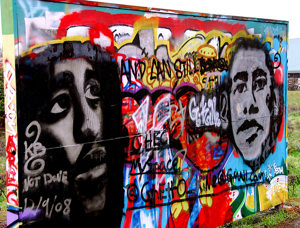
Sunday, April 29, marks the 20th anniversary of the start of the Los Angeles uprising and the two-week anniversary of the resurrection of slain gangsta rapper Tupac Shakur as a hologram at Coachella. The events are not a coincidence. Rather, they are part of a cultural argument that speaks to racial tensions, police misconduct and vigilantism that have plagued the city for decades.
When asked 20 years ago for his thoughts on the uprising, Shakur said, “I hate to say I told you so, but I told you so.” He went on to talk about how the media framed the “uprising” as a “riot” to play on fears and racial stereotyping and to take attention away from larger issues of structural racism in law enforcement, entertainment and financial industry practices that made South L.A. a powder keg in 1992.
Shakur’s comments reveal that when we refer to the uprising as a riot we make the people involved seem purposeless and lawless. When we use descriptive terms like “uprising” or “rebellion” we remember that, at its core, this event was really a cry of disappointment and a call for change.
As a member of L.A.’s African-American community, Shakur saw firsthand the demographic and economic shifts that occurred between 1965 and 1992. The 1965 “riots” were largely black versus white and began after an incident of police brutality against Marquette Frye, a 21-year-old black man, on the edge of the Watts neighborhood. The incident resulted in six days of rioting, 34 deaths, more than 1,000 injuries, nearly 4,000 arrests and the destruction of property valued at $40 million. Shakur also saw an influx of Korean-Americans into the neighborhood after 1965 due to changes in immigration policy. He watched as many of these immigrants were given bank loans that were denied to African-Americans and Latinos. He watched as many Korean-Americans resented the fact that they were extended loans to open stores only in areas that most white-owned businesses had abandoned.
In 1991 Shakur saw these forces collide in the killing of Latasha Harlins, an African-American teenager. Harlins was shot and killed by Korean store owner Soon Ja Du over a bottle of orange juice. Du thought Harlins looked suspicious and the two had an altercation. Du shot her in the back of the head as Harlins turned to leave the store. Du was sentenced to a mere five years’ probation, a $500 fine and 400 hours of community service for the crime, further cementing the belief that the justice system does not value the lives of African-American victims. Connections have been made between Harlins’ case and the current one of Trayvon Martin, the African-American teenager shot and killed by George Zimmerman in Sanford, Fla., on Feb. 26 of this year.
And, like the rest of the nation, Shakur saw the Rodney King beating and the involved police officers’ acquittal, which sparked the uprising in 1992. Recently, King was asked about his thoughts on the Martin case. He is reported to have said, “Thank God my attack was caught on tape.” Shakur dedicated the song “Keep Ya Head Up” to Harlins and all those she came to represent. Of course, we should not forget that Shakur himself was gunned down in Las Vegas and his killer(s) were neither discovered nor punished.
Shakur’s comments in 1992 and his resurrection at Coachella in 2012 serve to remind us that the metrics of the 1992 uprising have never been binary. They’ve just been reported as black/white. In fact, when the dust settled, statistics showed that more Latinos were arrested than African-Americans, Koreans or European-Americans combined. Therefore, we must remember the uprising accurately and in full color. It was an interracial and intercultural class conflict among African-Americans, Latinos, Korean-Americans and European-Americans. Some had the law on their side and others did not.
We must also remember that the demographics of Los Angeles have shifted since 1992 and the city is now 48 percent Latino, 28 percent white, 13 percent Asian, 8 percent black and 3 percent other. Yet even as the city’s demographics have gone from predominantly white to predominantly Latino, the African-American population has decreased from 13 to 8 percent. Although it is true that L.A. has a different complexion, it is also true that African-Americans in the city still have important issues that need to be voiced and addressed. Shakur’s words and image have been resurrected to remind us of exactly this fact. He reminds us that unemployment among African-Americans in L.A. is now 16 percent, higher than it was in 1992 when the uprising began. He reminds us that more African-Americans are in prison now than in 1992. He reminds us that African-American youth have the lowest high school graduation rate currently in L.A. And he reminds us that African-American and Latino youth are still overrepresented in poverty.
So, as we remember the uprising on its 20th anniversary and look for signs of progress and change, we must also remember some things have stayed the same. And for that reason we all must stay vigilant and, in the immortal words of Shakur, “keep our heads up.”
Your support matters…Independent journalism is under threat and overshadowed by heavily funded mainstream media.
You can help level the playing field. Become a member.
Your tax-deductible contribution keeps us digging beneath the headlines to give you thought-provoking, investigative reporting and analysis that unearths what's really happening- without compromise.
Give today to support our courageous, independent journalists.
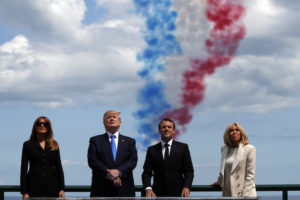
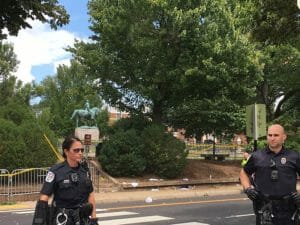
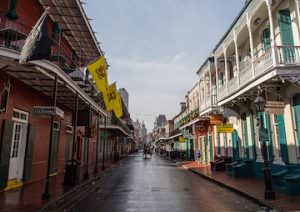
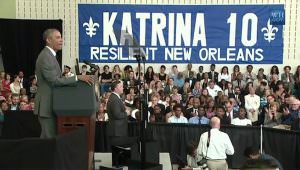
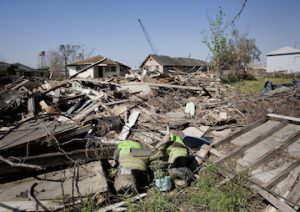
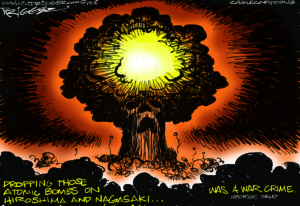


You need to be a supporter to comment.
There are currently no responses to this article.
Be the first to respond.